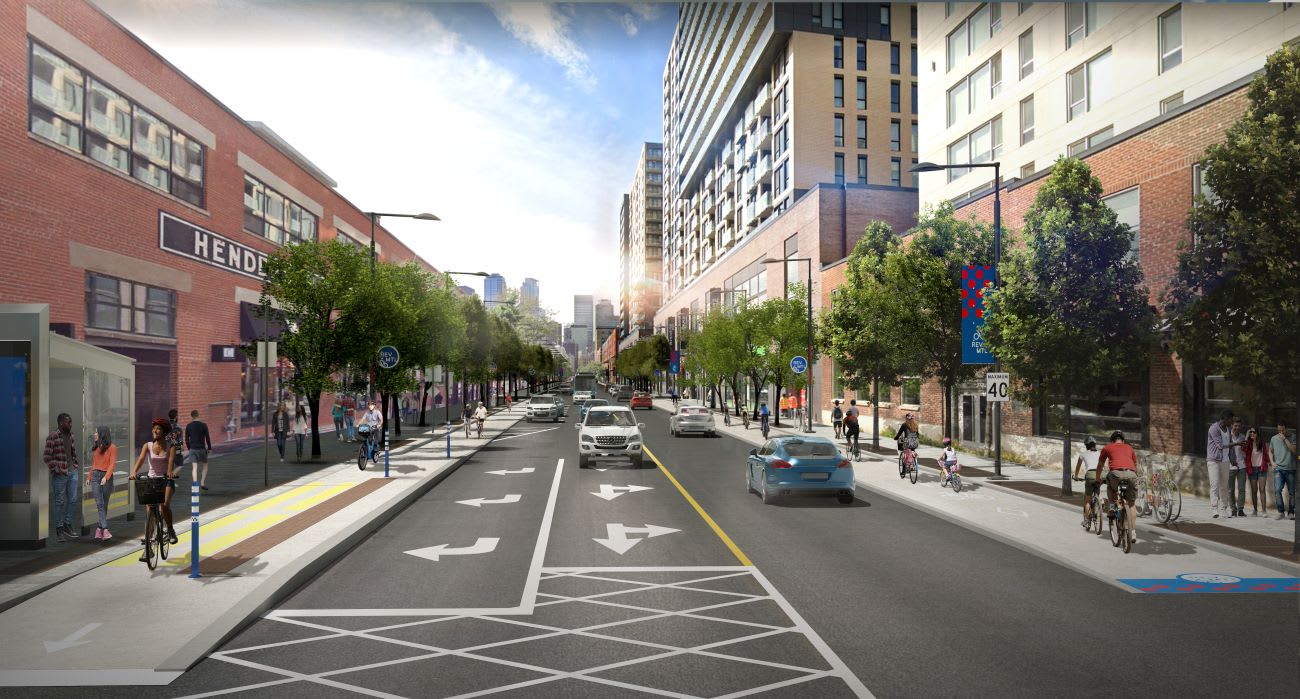"When they discovered there was another form of transport that had the benefits of cycling and didn't make you expend any energy, that was like manna from heaven," Reid says. "In fact, if one of these guys could see us today, he'd probably be totally blown away by the fact that cycling still exists at all when we have cars." Most of them ultimately viewed bikes as an intermediate, obsolete step in the evolution from carriages to cars.
As a consequence, by 1910, the LAW had largely died out — but many of its members filled the rolls of motorist clubs that quickly formed, especially AAA. And most of the people selling cars were former cyclists themselves: Henry Ford, the Dodge brothers, Louis Chevrolet, and the
Duryea brothers (founders of the Duryea Motor Wagon Company, the first US company to sell gasoline-powered cars), among others, had all been avid cyclists, bike mechanics, or bicycle manufacturers.
Cars might never have made it if it weren't for bikes
From our vantage point in 2015, it seems like the dominance of cars was the natural, inevitable way transportation would evolve. But there are some good reasons to believe that may not be the case, Reid says.
One is that private, powered road vehicles came along and failed several times before they finally took off in the early 20th century. In the 1830s and 1860s, in particular, inventors in Britain, the US, and Canada came out with steam-powered carriages, based largely off the technology developed for railroads, as well as electric vehicles.







:format(webp):no_upscale()/cdn.vox-cdn.com/uploads/chorus_asset/file/3518054/bike-parade-21.0.jpg)